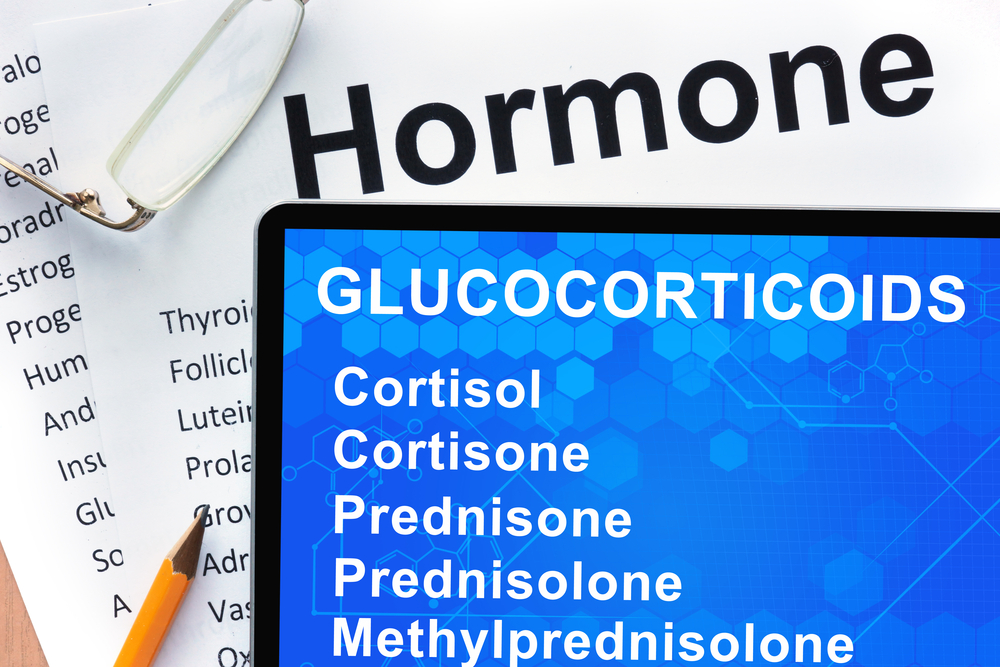Shorter Glucocorticoid Treatment Combined with Rituxan Could Benefit Some AAV Patients, Study Says

A shorter glucocorticoid treatment course, given in combination with Rituxan (rituximab), may be beneficial for some patients with ANCA-associated vasculitis, a study shows.
The study, “Reducing glucocorticoid duration in ANCA-associated vasculitis: A pilot trial,” was published in the journal Seminars in Arthritis and Rheumatism.
While modern advances in the management of ANCA-associated vasculitis (AAV) have improved patient survival, there is still significant treatment-related morbidity as the average survival of patients with AAV is lower than the general population.
Glucocorticoids are one of the major AAV treatments, but can lead to other conditions such as infection and cardiovascular disease, among others.
Treatment with shorter glucocorticoid courses in combination with a glucocorticoid-sparing agent might be more beneficial for AAV patients. In fact, the most effective length of time for glucocorticoid treatment to maintain AAV disease remission has not been determined. Previous regimens of glucocorticoid treatment have lasted between six and 24 months.
Rituxan is an effective treatment because it suppresses the immune system within two weeks of the first infusion. Researchers sought to determine whether achieving remission with a shorter course of glucocorticoids in combination with Rituxan can be effective in reducing adverse events and disease damage.
Researchers conducted a pilot study — Short Course Glucocoticoids in AAV (SCOUT) (NCT02169219) — in patients with active AAV. Participants received eight weeks of decreasing doses of prednisone and four weeks of weekly 375mg/m2 doses of Rituxan.
The primary goal of the trial was to achieve complete remission at 24 weeks. A secondary endpoint was to compare patient outcomes with those of the controls, who were treated with just Rituxan in the AAV (RAVE) trial (NCT00104299).
Among the 20 patients treated in the trial, 70 percent achieved the primary outcome. A similar percentage of patients treated with just Rituxan in the RAVE trial also achieved remission at 24 weeks.
However, patients in this trial had fewer average adverse events per patient (two versus eight) than controls in the RAVE trial. But those in the SCOUT trial were more likely to relapse than patients from the RAVE trial — 30 percent versus 7 percent.
Most relapses occurred in patients with severe vasculitic issues at the beginning of the SCOUT trial. Most of the patients who did not have significant vasculitic problems at the start were able to achieve and maintain complete remission. This indicates that, “in certain AAV patient subgroups, a shortened glucocorticoid course may be effective,” the researchers noted.
The extent of disease damage, as measured by Vasculitis Damage Index (VDI), did not significantly differ between the two trial populations.
“An 8-week course of prednisone with [Rituxan] resulted in a similar rate of complete remission at six months as in the RAVE trial, with fewer adverse events but more frequent relapses. Further study of this protocol is warranted in selected patient populations,” the researchers said.





